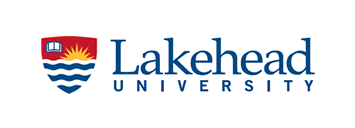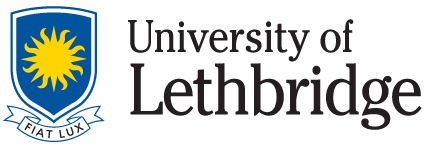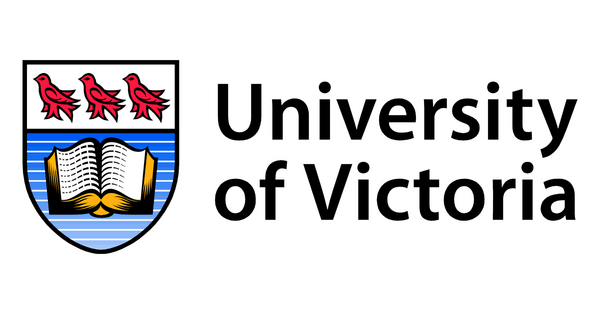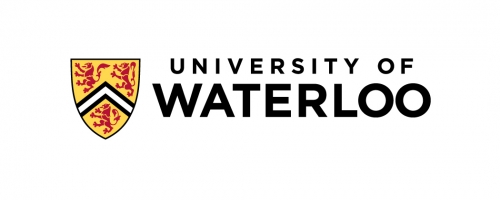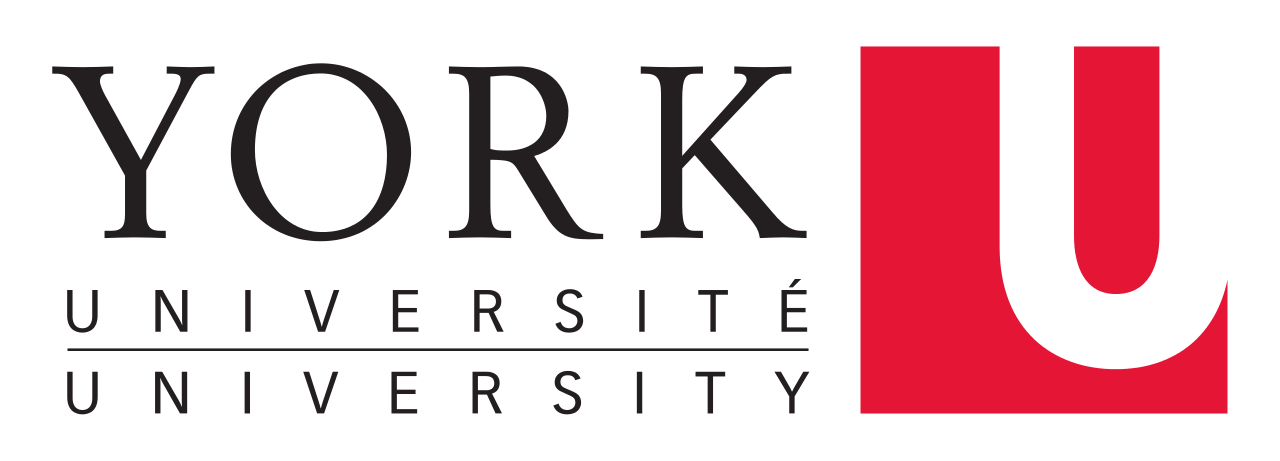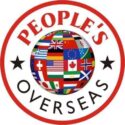SINGAPORE
The English name of “Singapore” is an Anglicization of the native Malay name for the country, Singapura, which was in turn derived from the Sanskrit word for “lion city”. Singapore, officially the Republic of Singapore, is a sovereign island country and city-state in maritime Southeast Asia. Singapore currency is Singapore Dollar (S$) (SGD).
Its contemporary modern culture consists of a combination of Asian and European cultures, mainly by Malay, South Asian, East Asian and Eurasian influences. Singapore has been dubbed as a country where “East meets West”, “Gateway to Asia” and a “Garden city”.
Tropical climate
Singapore is situated near the equator and has a typically tropical climate, with abundant rainfall, high and uniform temperatures, and high humidity all year round. Many of its climate variables, such as temperature and relative humidity, do not show large month-to-month variation.
Geography
Singapore consists of 63 islands, including the main island, Pulau Ujong. There are two-man-made connections to Johor, Malaysia: the Johor–Singapore Causeway in the north and the Tuas Second Link in the west. Jurong Island, Pulau Tekong, Pulau Ubin and Sentosa are the largest of Singapore’s smaller islands. The highest natural point is Bukit Timah Hill at 163.63 m (537 ft). Under British rule, Christmas Island and the Cocos Islands were part of Singapore, and both were transferred to Australia in 1957. Pedra Branca is the nation’s easternmost point.
Employment
Singapore has a low unemployment rate for a developed country, with the rate not exceeding 4% from 2005 to 2014, and reaching highs of 3.1% in 2005 and 3% during the 2009 global financial crisis; it fell to 1.8% in the first quarter of 2015. Singapore does not have a minimum wage, believing that it would lower its competitiveness. It also has one of the highest income inequalities among developed countries. Although recognizing that foreign workers are crucial to the country’s economy, the government has considered placing limits on inflows of these workers, as foreign workers make up 80% of the construction industry and up to 50% of the service industry.
- Singapore is a safe city with a low crime rate and a stable political environment. The cleanest Country.
- The 25th best highly developed nation with state‐of‐art transport system.
- 2% of Singapore population is Chinese & 15% Malay and 7.4 ethnic Indian.
- Almost every MNC has its Asia‐Pacific Head Office in Singapore making it easier for students to find jobs. i.e., Home to more than 7000 MNC’s.
- Strategically located at the heart of Asia, Singapore is approx. 5 hours away from India.
- Singapore is a nation built by immigrants and it still welcomes all who are keen to play a part in its economic development.
- HUB of Business in Asia ‐ Fertile ground for Banking & Service Industry.
- Growing steadily at more than 5% rate for many decades with strong links to US, China, India & Japan.
UNIVERSITIES:
Singapore has its 6 Universities offering UG and PG degree programs.
- National University of Singapore
- Nanyang Technological University
- Singapore Management University
- Singapore University of Technology and Design
- Singapore Institute of Technology
- Singapore University of Social Sciences
Arts and Design | Architecture and Construction |
Accounting, Finance and Economics | Agriculture and Forestry |
Business and Management | Commerce |
Computer and IT | Education |
Engineering | English Language and Linguistics |
Environmental Science | Events |
Fishery | Health & Humanities |
Hospitality & Tourism | Journalism and Mass Communication |
Law | Life Sciences |
Mathematics & Statistics | Pharmacy |
Physical Science | Security Services |
Social and Behaviour Science | Sports |
Transport Services | Veterinary |
- COURSE DURATION
After 10th Std | Diplomas (6 months to 12 months) |
Bachelors (3 years to 3.5 years) | |
After 12th Std | Diplomas ( 6 months to 12 months) |
Bachelors (2 years to 3 years) | |
After Graduation | PG Diplomas (12 months to 14 months) |
Masters (1 year to 2 years) |
- INTAKES: Some Institutes have three Intakes, some have four and some have Rolling Intakes, thereby recruitment to Singapore is possible throughout the year, for students as well as for Partners
ACADEMIC REQUIREMENTS | 60% and above |
IELTS | 6.5 Overall No band less than 6.0 |
TOEFL | 90 Overall Not less than 20 |
PTE | 60 Overall No score less than 50 |
The main Intakes are September, January and May. There are limited intakes in July and October as well.
Cost
Estimated cost to be incurred by a student for a year of study in Canada CAD $1 = Rs.60/-
| SR NO | DETAILS | CAD$ | AMT IN RS. |
1 | Tuition Fees (may varies as per course) | 20000 | 12,00,000 |
2 | Accommodation & Living Cost | 10200 | 6,12,000 |
3 | Air Fare | 1000 | 60,000 |
4 | Visa Fees | 235 | 14,100 |
Total Expense to Study | 18,86,100 | ||
5 | Less Earnings through Part time Jobs | 11500 | 6,90,000 |
Total Expense for Canada | 11,96,100 | ||
All international students who have graduated from a Canadian post-secondary institution are eligible for a Post Study Work Visa to gain valuable Canadian work experience. To be eligible for a Post Study Work Visa, international students
• Should have studied full-time for at least eight months preceding the completion of their program and have graduated from a Designated Learning Institution.
• Must have completed and passed the program of study and received written notification that they are eligible to obtain their degree, diploma, or certificate.
• Must apply for a post study work permit within 180 days of receiving written confirmation by way of final mark sheets from their academic institution.
• The Post Study Work Visa provides no restrictions on the type of employment and requirement of a job offer.
• If the program duration is less than 8 months – Students are not eligible for a Post Study Work Visa.
• If the program duration is more than 8 months but less than 2 years Post Study Work Visa will be issued for the same length as the study program. (For example, if student completed a 9-month program, a work permit may be issued for up to 9 months).
• If the program duration is 2 years or more – Post Study Work Visa will be issued for 3 years.
• If a student has completed more than one program, they may be able to get a PSW that combines the length of both the programs. For this, each of the programs they have completed must be – Post Study Work Visa eligible and at least 8 months in length.
Singapore Universities & Colleges



